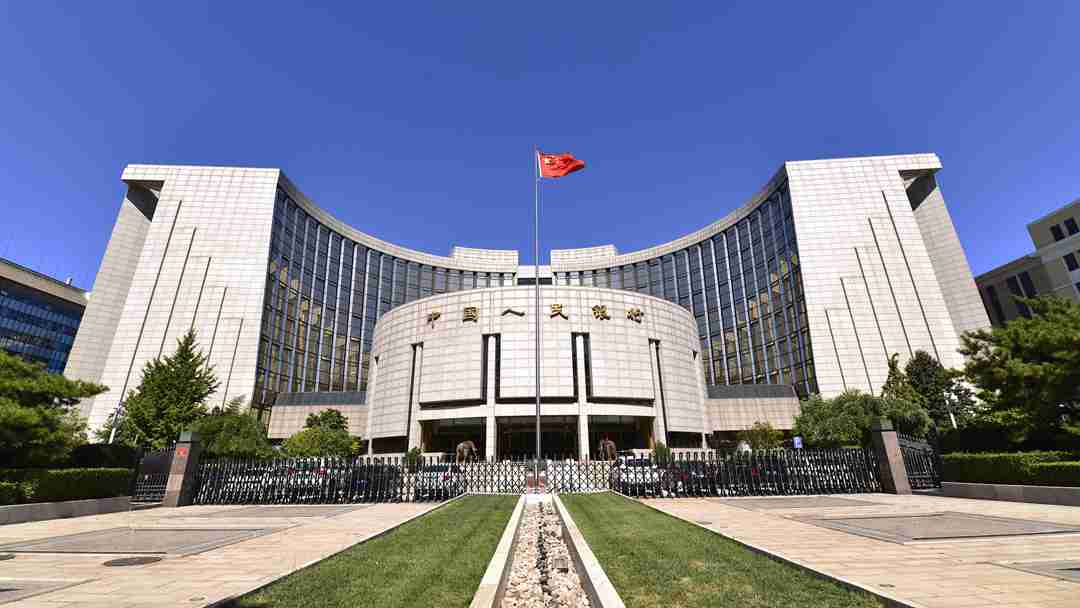
Business
13:02, 07-Oct-2018
China cuts bank reserve requirements in 1.2 tln yuan liquidity move
Updated
12:40, 10-Oct-2018
CGTN

China's central bank announced on Sunday it would lower the reserve requirement ratio (RRR) for certain banks by one percentage point, effectively pumping 1.2 trillion yuan (174.7 billion US dollars) into the world's second largest economy.
The reserve cut, which China Daily described as a "surprise move", will see 450 billion yuan (65.5 billion US dollars) used to offset maturing medium-term lending facility (MLF) loans, and 750 billion yuan (109.2 billion US dollars) injected into the banking system, according to a statement published on the website of the central bank, the People's Bank of China (PBOC).
China's current RRRs - the amount of cash that banks must hold as reserves - stand at 15.5 percent for larger institutions and 13.5 percent for smaller banks. The latest RRR cut will take effect from October 15, and is the fourth such cut this year.
Why cut the RRR now?
A separate PBOC statement explained that the main reason behind this RRR cut is to optimize liquidity and better support the economy, with the 750 billion yuan financial injection set to boost funding for private enterprises.
The RRR cut will come into effect just four days before China publishes its latest economic data for the third quarter, on October 19. According to China Daily, certain economists are predicting a slower GDP growth rate due to weak investment and tight regulations on the property sector.
Zhang Ming of the Chinese Academy of Social Sciences told China Daily added that "intensifying Sino-US trade frictions could add pressure on China's exports", potentially affecting GDP growth.
What does it mean for the economy?
The PBOC said the RRR cut does not represent monetary easing or massive economic stimulus. A spokesperson for the central bank said that the move would supplement liquidity in the financial system, stabilize funding and lower fundraising costs for Chinese enterprises.
The 750 billion yuan injection will support small, micro and private companies and innovative enterprises, enhancing the vitality and resilience of the Chinese economy, strengthening endogenous growth momentum and promoting the healthy development of the real economy, according to the PBOC.
The central bank also refused to rule out further reserve cuts in future, saying it will "continue to take measures, if necessary" to stabilize market expectations.
Xie Yaxuan of China Merchant Securities told the Global Times that further RRR reductions would be a "future trend", working in tandem with deleveraging and stabilizing debt ratios.
China's currency will not come under any downward pressure from the RRR cut, according to the PBOC's statement, because the move does not represent an easing of monetary policy. The central bank said there are sufficient conditions for the RMB exchange rate to remain basically stable at a reasonable and balanced level.
With several analysts anticipating further RRR cuts before the end of this year, other moves to stimulate growth and enhance economic sustainability could include adjustments to fiscal and taxation policy, according to Dong Ximiao, a researcher with the Chongyang Institute for Financial Studies of the Renmin University of China.

SITEMAP
Copyright © 2018 CGTN. Beijing ICP prepared NO.16065310-3
Copyright © 2018 CGTN. Beijing ICP prepared NO.16065310-3